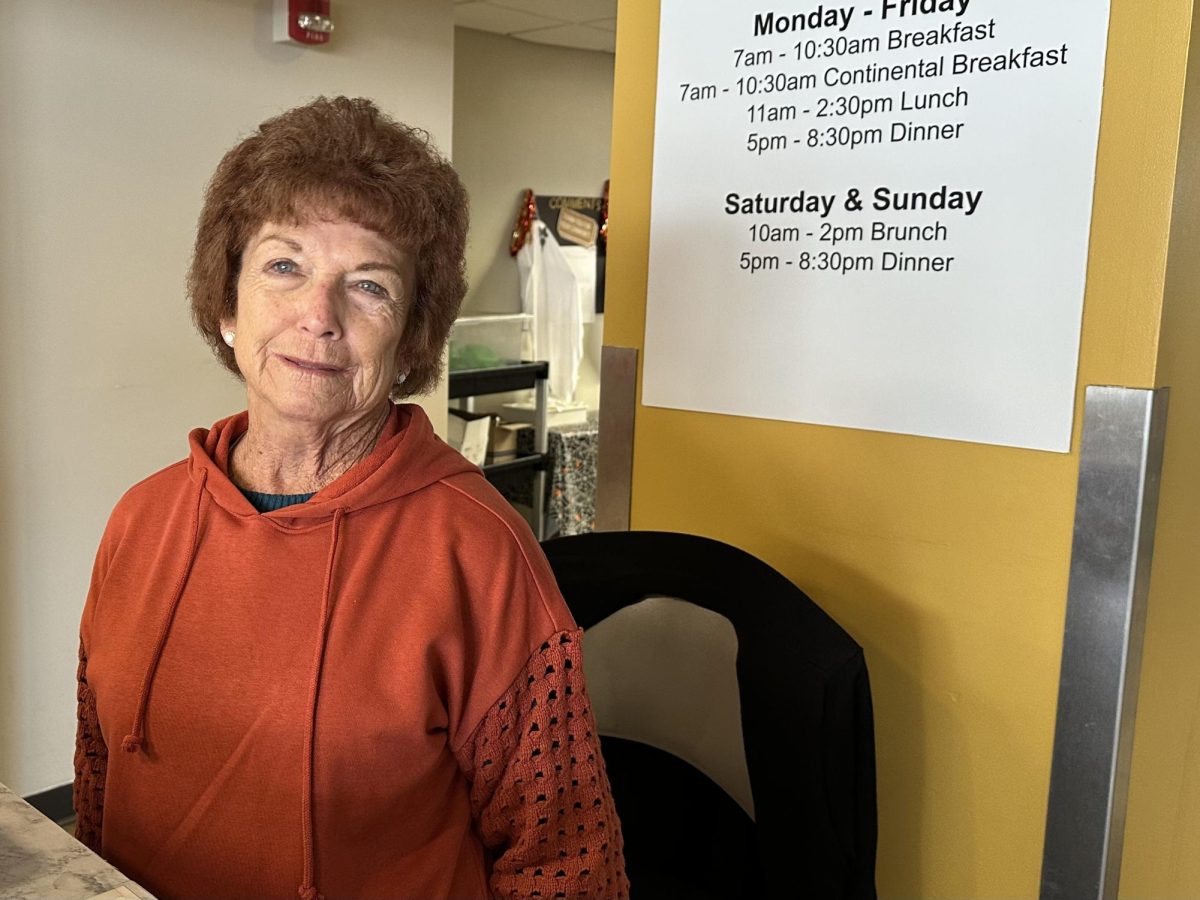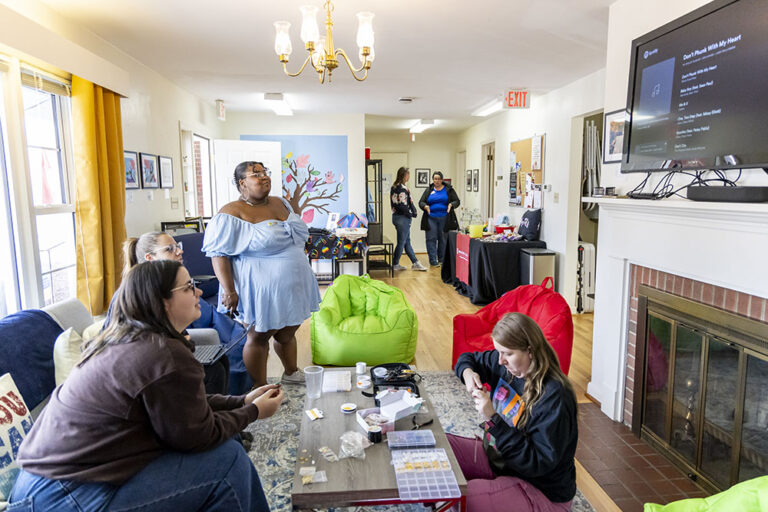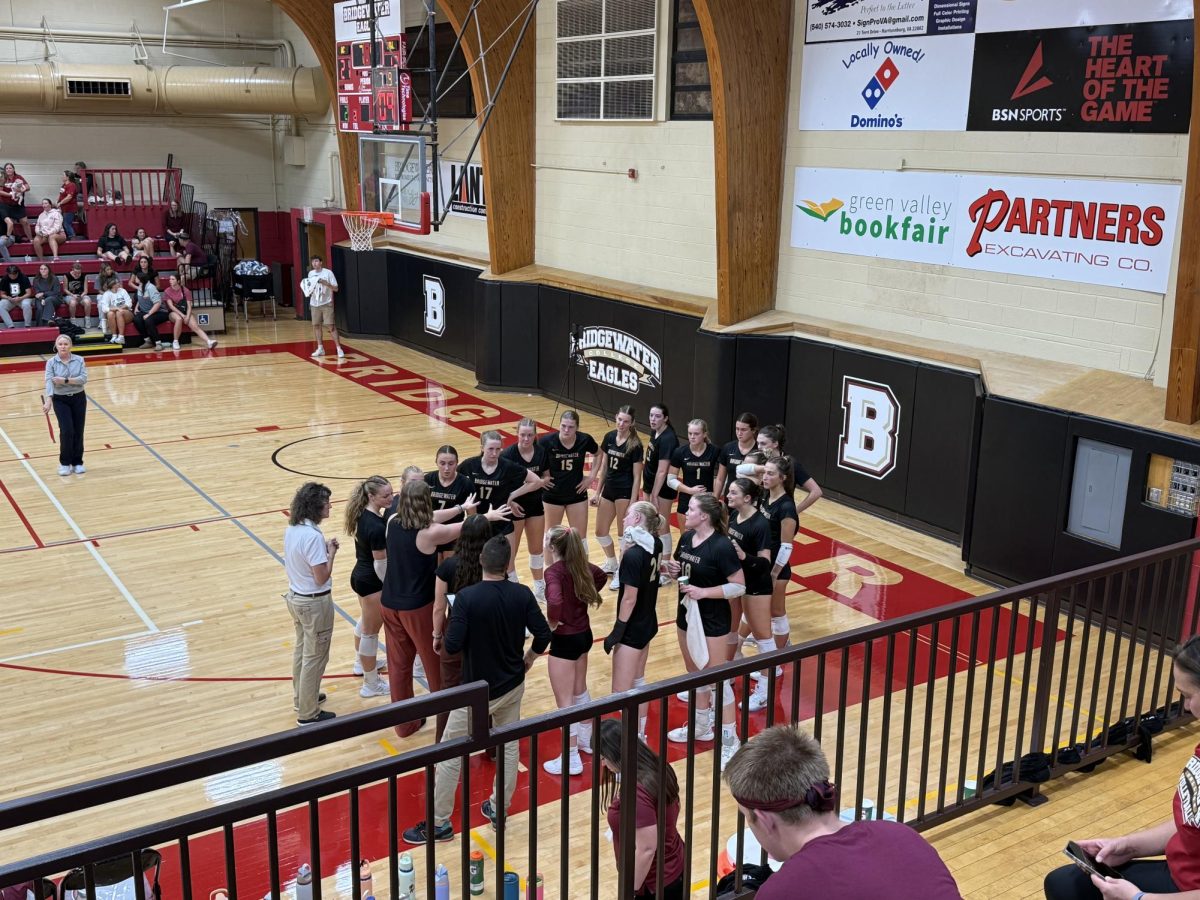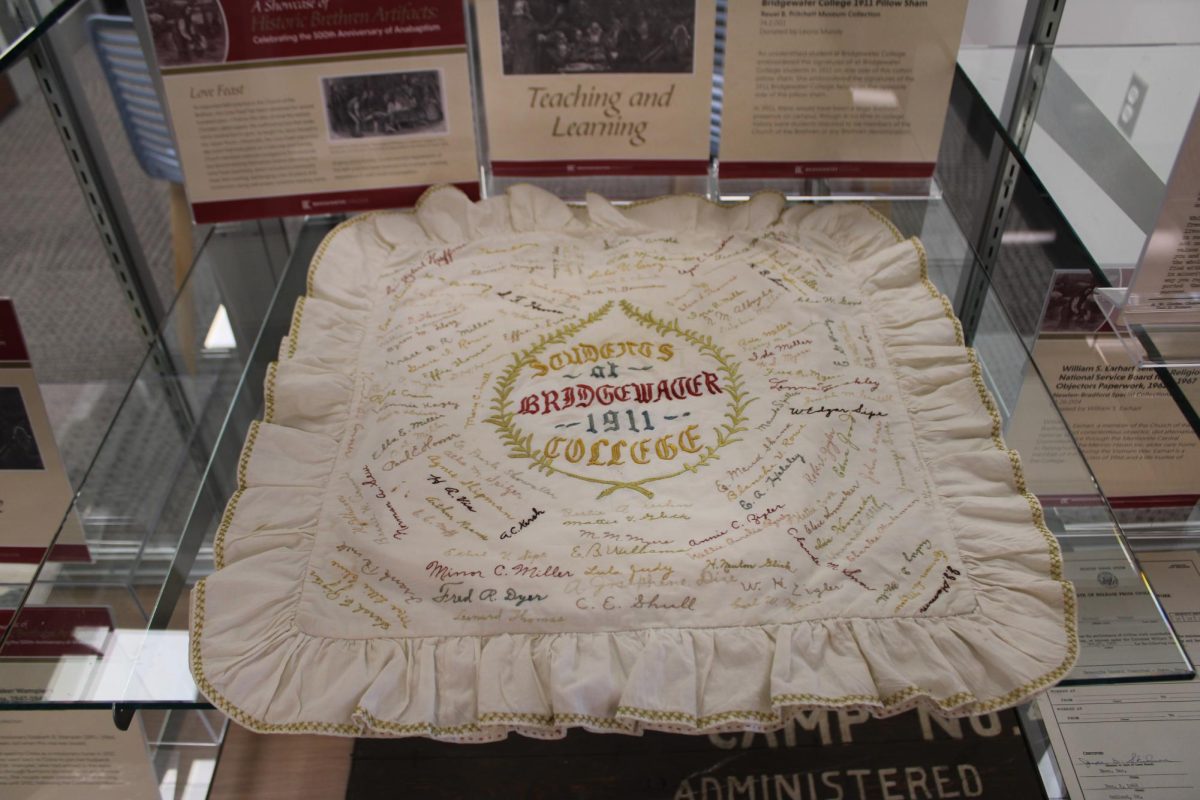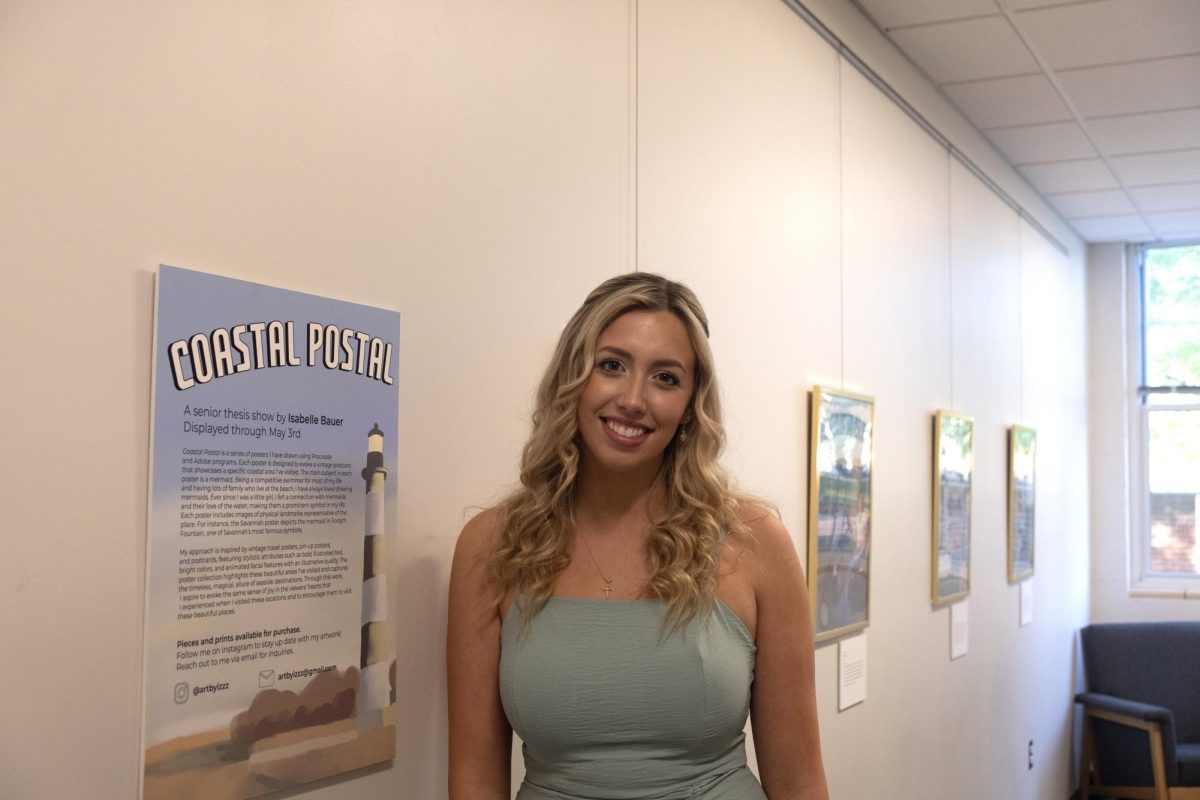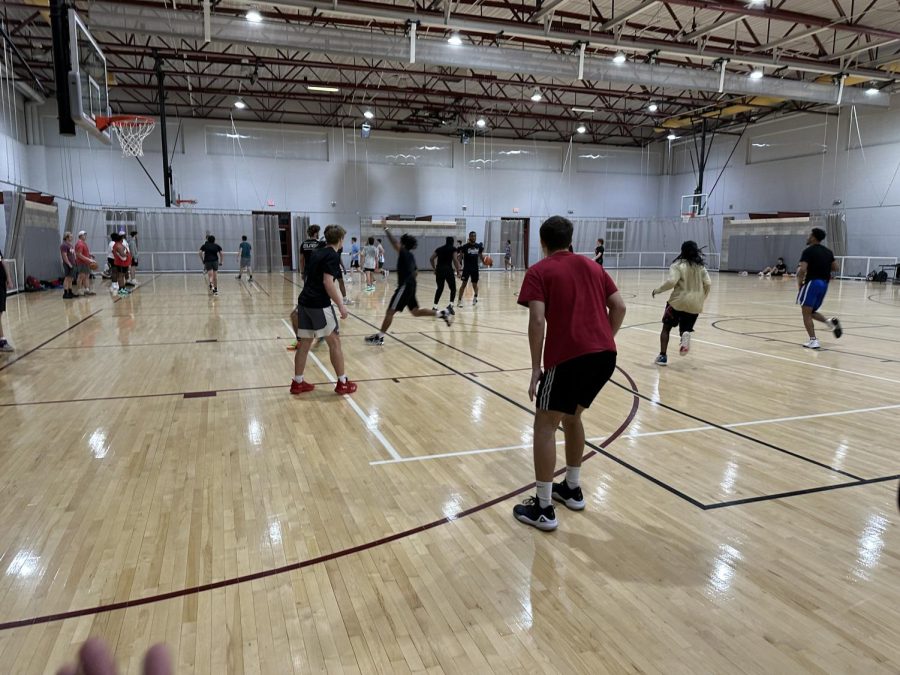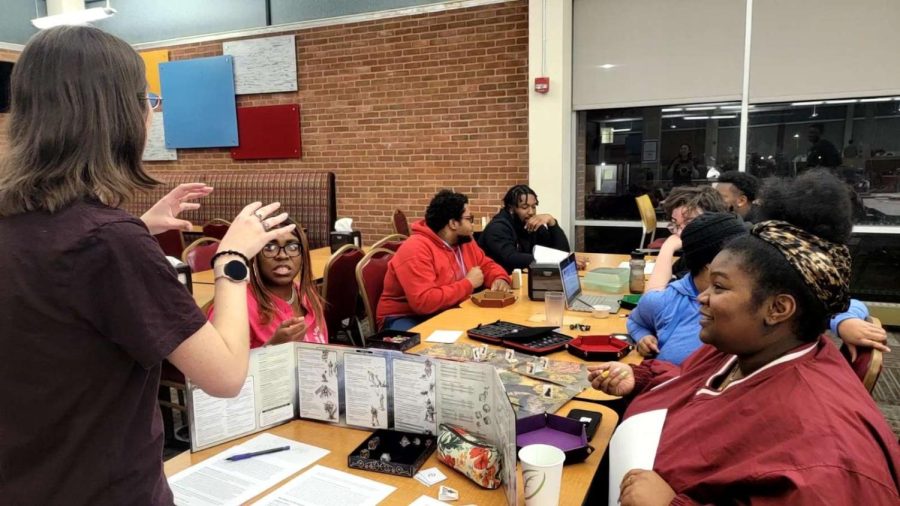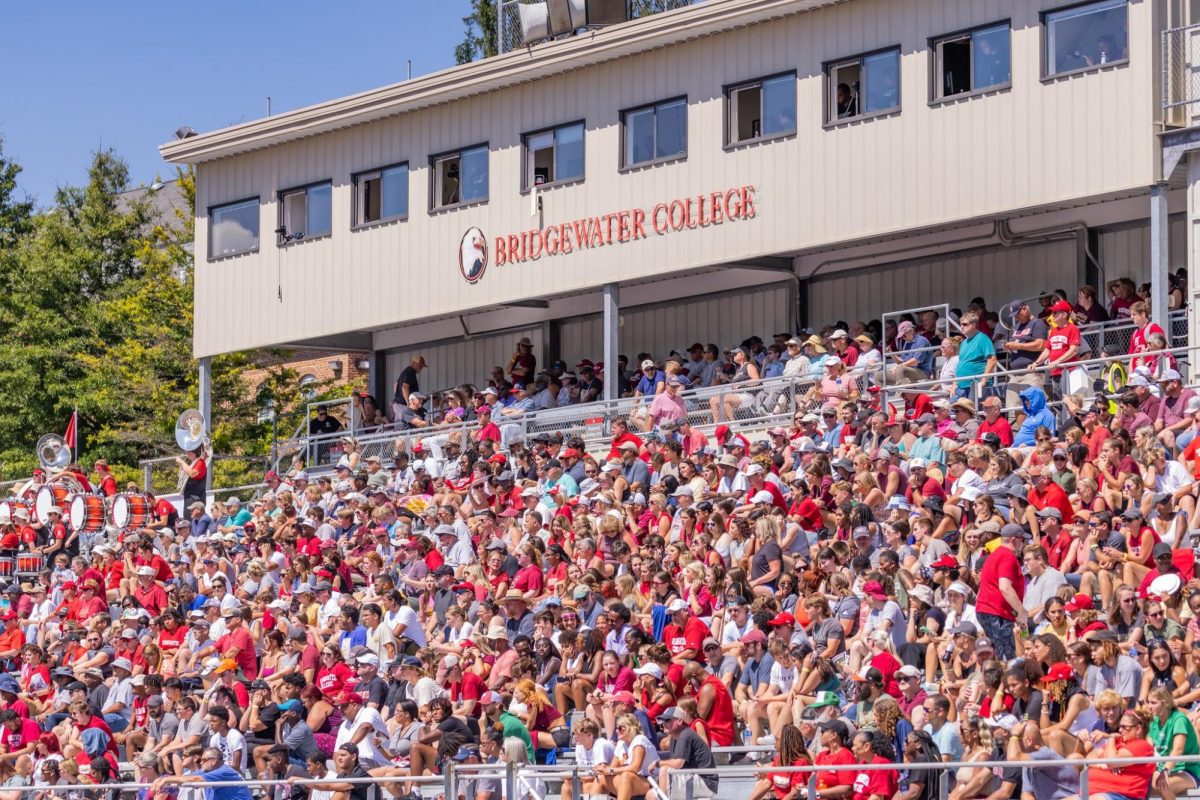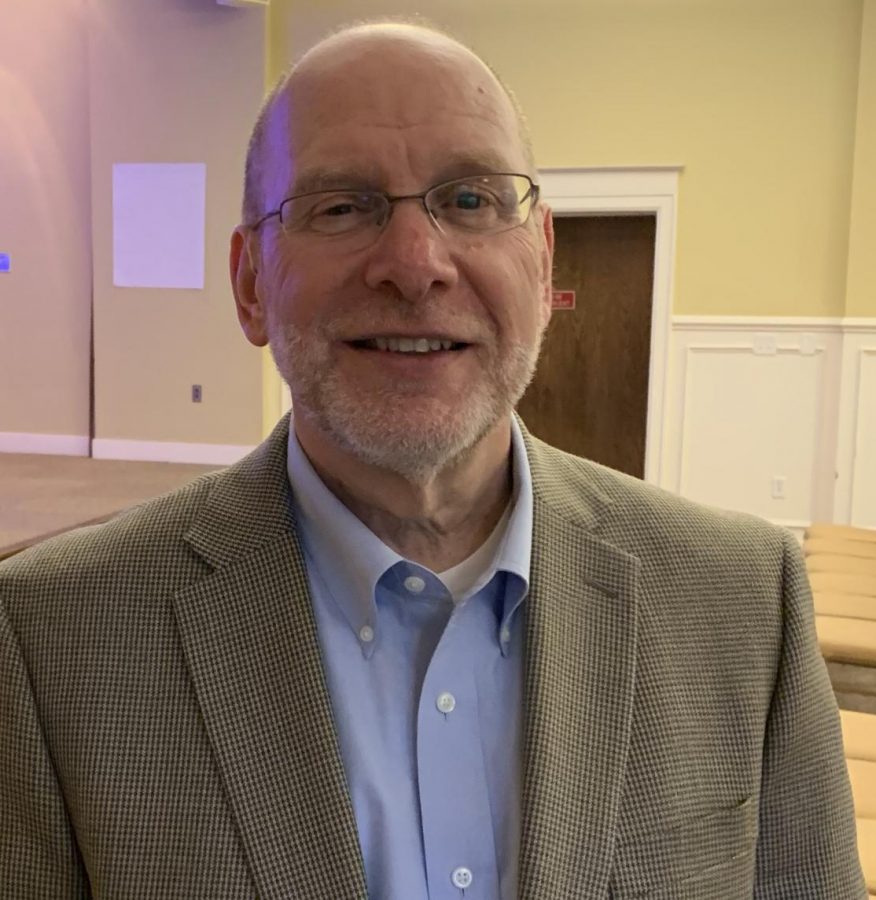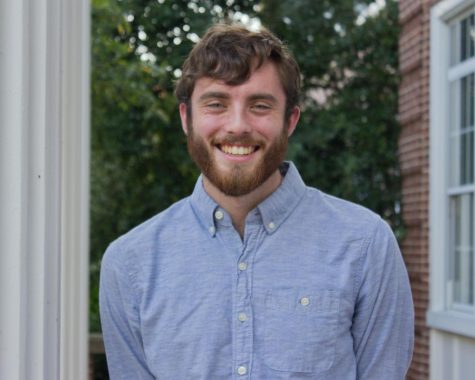Strategic Resource Allocation Begins at Bridgewater College
An Interview with Larry Goldstein, Campus Strategies President
Pictured is Larry Goldstein, who will be helping Bridgewater College conduct a Strategic Resource Allocation, which looks at how each program and support function spends its money.
January 23, 2020
Bridgewater, Va. – Bridgewater College is initiating a strategic resource allocation, which evaluates all the programs within the college to determine how the college’s revenue can be used in a more efficient way.
Larry Goldstein, President of Campus Strategies, LLC, is in charge of the SRA project, work he has done at numerous other colleges and universities.
Goldstein, who lives in Crimora, said that he has had relatives who attended and graduated from Bridgewater College, so he found it to be “a real treat” to help the college become more efficient with how they spend its money.
Evaluation Criteria
The first step of the process is to develop evaluation criteria. Goldstein made it clear that he does not make decisions for the college, that the college will decide the specific criteria on how they are evaluating various programs after the SRA is completed.
Goldstein highlighted the effect of how the culture and values of each individual institution that he works with are integrated in the criteria for evaluating each program. Goldstein will train faculty and staff on how to best evaluate all programs under the lens of “what is valued and what matters at Bridgewater” during the process.
Goldstein said the only norm across the colleges and universities that he has worked with is that they have all used the same 16 criteria for the SRA – 10 criteria for academic programs and 6 criteria for support functions. “I am open to [Bridgewater] using any criteria that they want,” said Goldstein.
He also gave some key differences between what has happened at larger institutions versus smaller ones like Bridgewater. “Colleges this [size], can find the process difficult to do. In smaller institutions, everyone knows everybody…There is a smaller inventory, and a smaller population. The small-ness makes a difference.”
Students’ Voices
Goldstein said that Bridgewater student’s voices will not directly be a part of the SRA, but they will be in the sense that “students vote with their feet.” This means that if students think a program is less attractive, it will be apparent during the SRA process as every program comes under review.
“Usually, enrollment is a factor. If students are shying away from a particular program, they are letting us know that the program is either not working or unappealing,” said Goldstein.
He also said that one of the main reasons that students are less involved in this process is that it can interfere with their studies.
“Formal interaction with the students around this process will come in the form of keeping them informed. When the reports are ready, the model we follow has a great deal of attention devoted to students, especially in programs that have the potential to have an adverse outcome,” said Goldstein.
Addressing Faculty Concerns
However, Goldstein did make it clear that he would advise the college if he felt that they were making a mistake in regard to reasoning for the criteria of judging programs.
“It’s not designed to cause people to lose their jobs, but that is a potential outcome.”
“Programs on the academic side and functions on the support side will be arrayed – based on the amount of expenditures – and distributed into five different quintiles. None of these quintiles represent final decisions.”
Goldstein said that this process will result in two reports being released to the college community. These reports are solely recommendations; and that employees, faculty and staff should not feel like their job is in jeopardy if they are in the fifth quintile. He also mentioned that being in the first quintile does not mean that the program will receive more resources.
“People will have a formal opportunity to provide their input to the process, and that ultimately, the leadership will make the decision about the recommendations they select, and they will explain their rationale for doing it.”
He recommended to faculty and staff to be engaged at the beginning and that “if you truly care about Bridgewater, make the case for why you should be moved to the top of the list, and not the bottom.”



